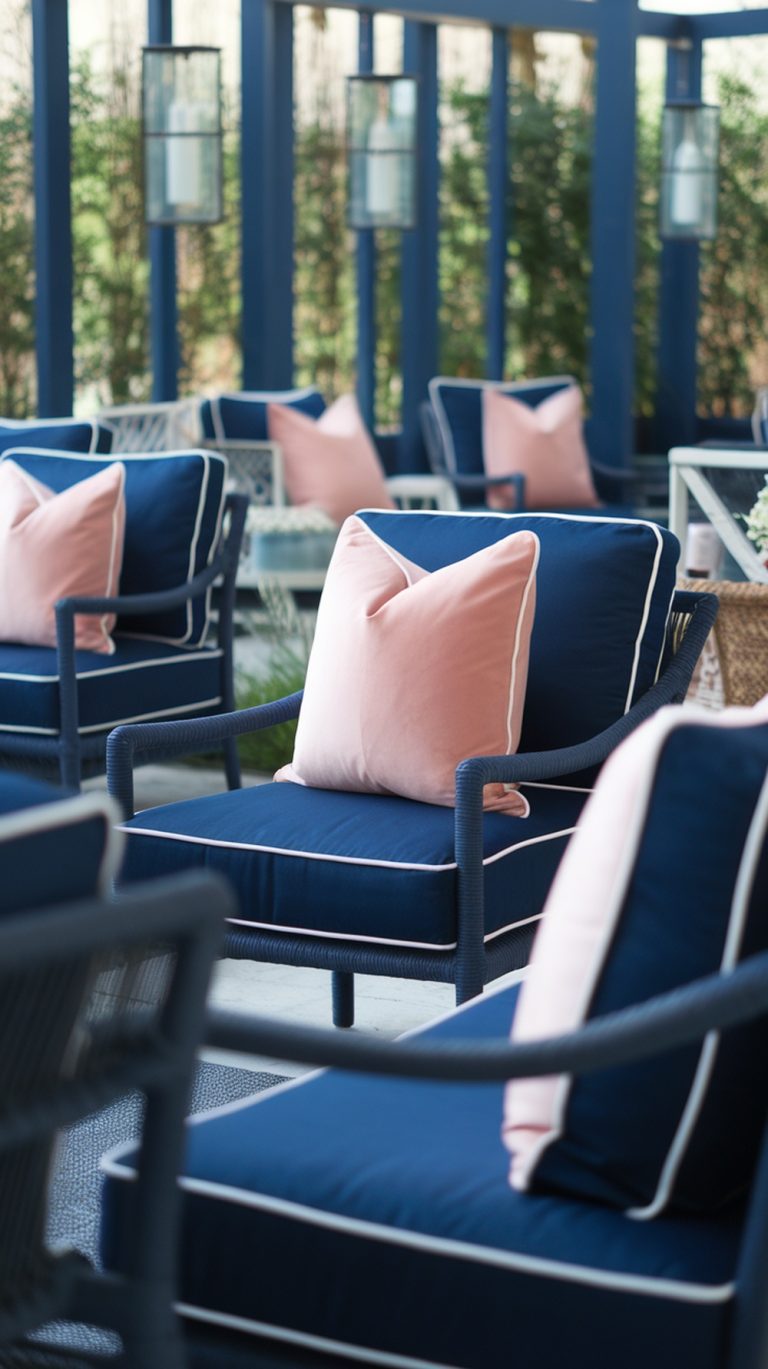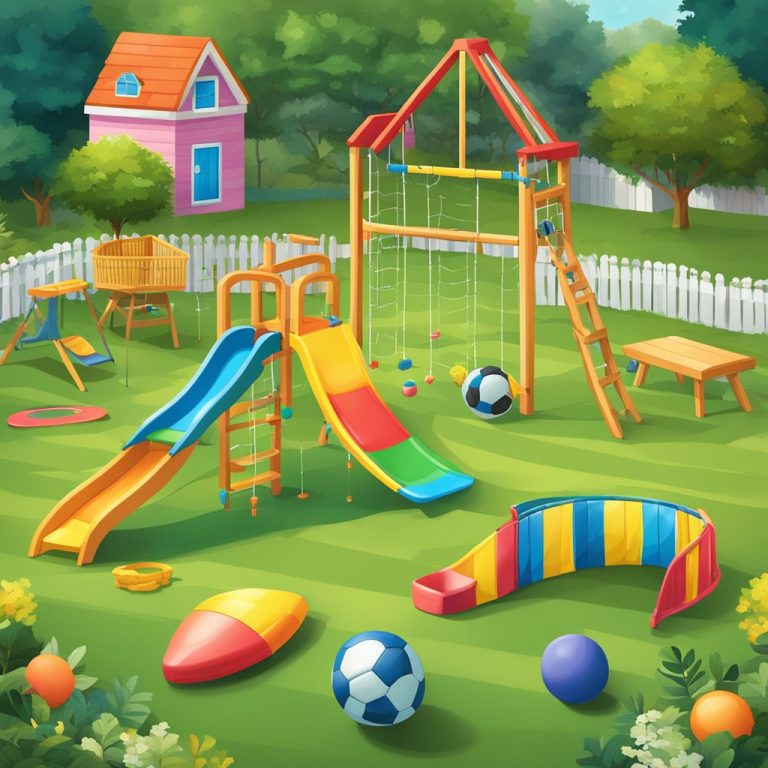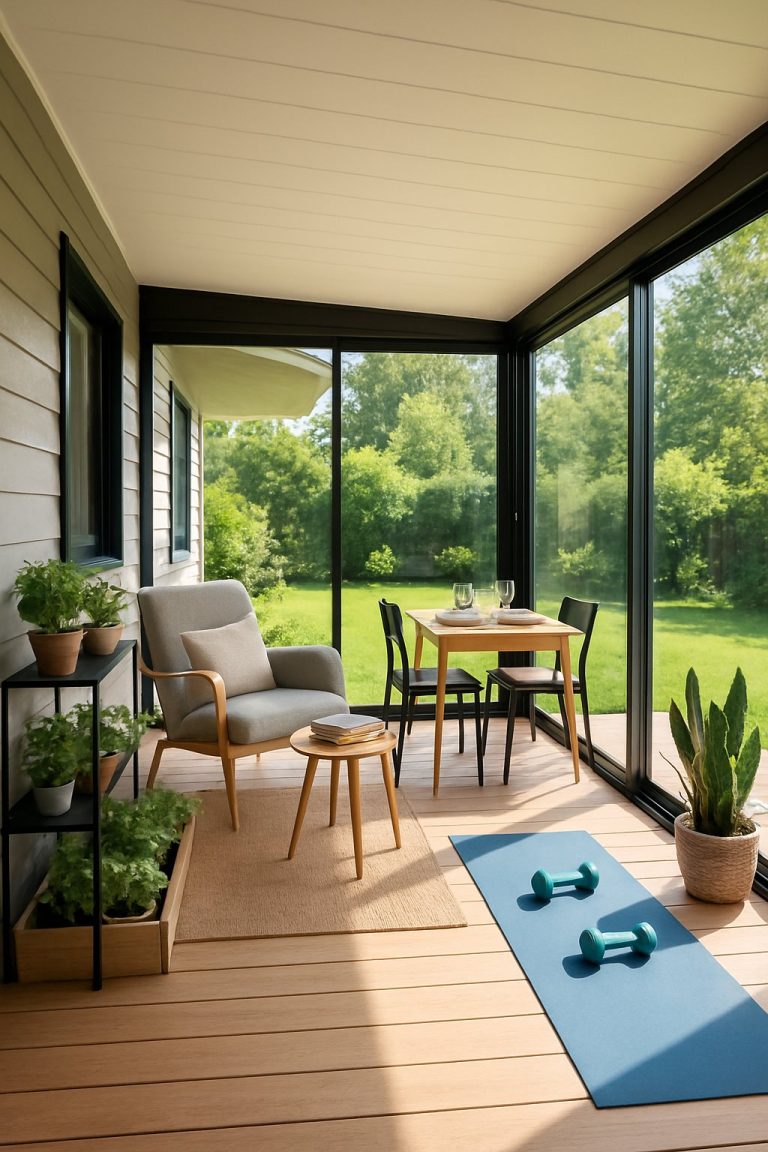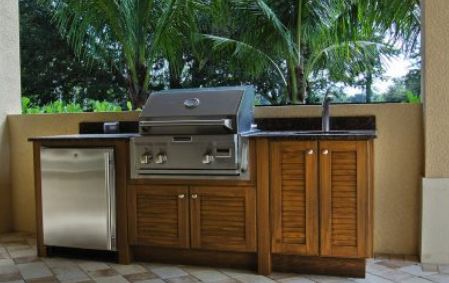Waterproofing Outdoor Kitchen Cabinets
How to Waterproof Outdoor Kitchen Cabinets
Waterproof cabinets are an essential feature of outdoor kitchen cabinets. Your cabinets have to protect their contents from rain, pool water and snow and the materials they are made from must hold up against the same elements.
Some outdoor cabinets that are prebuilt or modular are already waterproofed. These include outdoor grade stainless steel cabinets and HDPE cabinetry. They have door and drawer gaskets which seal off the interior contents from moisture and water penetration.
Some species of wood cabinetry, such as teak, are very weather tolerant. Teak cabinet manufacturers take great pains to seal their doors and drawers just as manufacturers of stainless steel and HDPE cabinets do. Selecting the right species of wood for manufactured cabinetry is the first step in making these cabinets waterproof.
Many DIYers prefer to build their outdoor kitchen cabinet boxes themselves from wood or stainless steel frames. To keep costs down, they may choose plywood, oak, or pine to finish the cabinet sides and wooden cabinets’ back as well as to craft the door fronts and drawer fronts. Since these woods are not naturally water and weather resistant, they need to be waterproofed
How to Protect Outdoor Kitchen Cabinets from Water
While wood cabinetry looks great outside, you’ll need to protect it if you want it to last. Otherwise, you’ll be dealing with rot and unattractive discoloration in no time.
Depending on the type of wood and the finish you desire, you can choose one of these methods to help protect plywood cabinets, particle board cabinets and other wood exterior cabinets from water:
Here are some suggestions for keeping your wood from rotting. Make sure the wood surfaces are completely dried before applying any of these solutions.
Paint
A layer of paint is the most effective technique to protect outdoor wood, and while you may lose the natural beauty, it may be worth it given how much longer the wood will survive. Choose a latex paint over an oil-based paint since latex will last longer and require less touch-up.
There are spray-on rubber coating products that can help you protect inside the cabinet boxes and drawers. Make sure the spray product is recommended for the type of wood you have used.
Seal
Don’t want to tamper with the aesthetic of your wood? Instead, use a water sealant, especially if your area gets a lot of rain. Water sealers have two functions: they protect your cabinets from outside moisture while also allowing damp wood within the sealant to dry faster, preventing it from rotting, splitting, or warping.
Applying polyurethane is another popular water sealer and will help protect your wood surfaces from water damage. Polyurethane is highly water resistant.
Varnish
If you don’t want to paint or seal your wood outdoor cabinetry, consider using a varnish, which will preserve the natural look while also providing some protection from the elements.
Control Your Exposure
Consider covering your wood cabinets over the winter to protect them from the elements, especially since you won’t be using them during inclement weather. Consider using a fitting cover or provide a shelter such as a pergola or roofed lean-to to keep your cabinetry dry. The object is to prevent water from soaking the cabinets while maintaining air circulation which will help dry the cabinets if they should get wet.
Location
The weather in your area will tell you how to care for your cabinets. A water sealant will be required if you live in a rainy environment. Are you a desert dweller? To protect your wood from the sun, paint it. The same may be said regarding the location in which you set your outdoor kitchen cabinetry. Is it snuggled under an eave and protected from the elements, or is it exposed to the elements? Act in accordance with this.
How to Seal Outdoor Kitchen Cabinet Doors and Drawers to Help Waterproof Them
The interior of outdoor cabinet drawers and doors can become drenched if the drawers and doors are not sealed. The two methods used to create a waterproof seal are weatherstripping and gaskets.
Door gaskets are used to close gaps around the edges of doors (the jambs and the header). Sound, light, wind, moisture, fire, and smoke can all be significantly reduced by closing the gaps along the door or drawer frame. Using a door gasket to create a better insulated atmosphere is a reasonably easy and cost-effective method.
Gaskets are divided into two categories.
Stop Mounted door gaskets for the head and jamb. Mounted gaskets are made up of metal extrusions that are screwed to the frame’s stop molding or to the frame itself, with a gasket (typically rubber or brush seal) protruding from the aluminum housing.
Rubber weatherstripping: Weatherstripping is a basic gasket that can be attached to the frame (typically using peel and stick adhesive) or put into a frame kerf.
There are two types of weatherstripping you can use to seal your cabinet doors and drawers:
Self-Adhesive Weatherstripping: Self-Adhesive Weatherstripping comes in a variety of rubber options and forms to ensure that the best product for your door is found. These weatherstrippings come with a self-adhesive, peel-and-stick backing that makes installation and replacement a breeze.
Kerf Weatherstripping is well-known for its simplicity of installation. Many door frames come with a thin channel, sometimes known as a kerf, where a weatherstrip can be installed. Installation does not necessitate the use of screws or glue. Simply compare the shape of your present weatherstrip to the many strips available on our website and choose the most compatible choice.
Protect Outdoor Kitchen Cabinets from Water Damage
One of the places in your outdoor kitchen where you might find a water infiltration problem is under the outdoor kitchen sink. To waterproof under sink cabinet, assuming you have already installed water tight gaskets around the access door, you should seal the wood with one of the methods listed above.
You can protect the sink cabinet bottom by installing a plastic tray to protect against leaking pipes, either from the water supply or drain pipes. Cabinets under the sink are particularly prone to water damage because of their proximity to water pipes and the nature of what is stored inside the sink cabinet which can leak, too.
You can use rubber shelf liners on your outdoor cabinetry shelves, cabinets floors, and drawer bottoms as protection against water damage inside the wood cabinets. Wood surfaces, no matter where they are outside, need some protection. Even if they don’t get sopping wet, there is still humidity to contend with.
An ounce of prevention such as easy to clean plastic shelf liners, is worth the time and effort if it helps keep the interior of cabinets from water damage, even minor damage. Waterproofing your kitchen sink cabinet will also keep that water damage from migrating to adjacent cabinets.
Waterproofing your kitchen outdoor wood cabinetry will help it look better and last longer and prevent water damage that will destroy your wood cabinets from the inside out.
Related Articles About Outdoor Kitchen Cabinets






